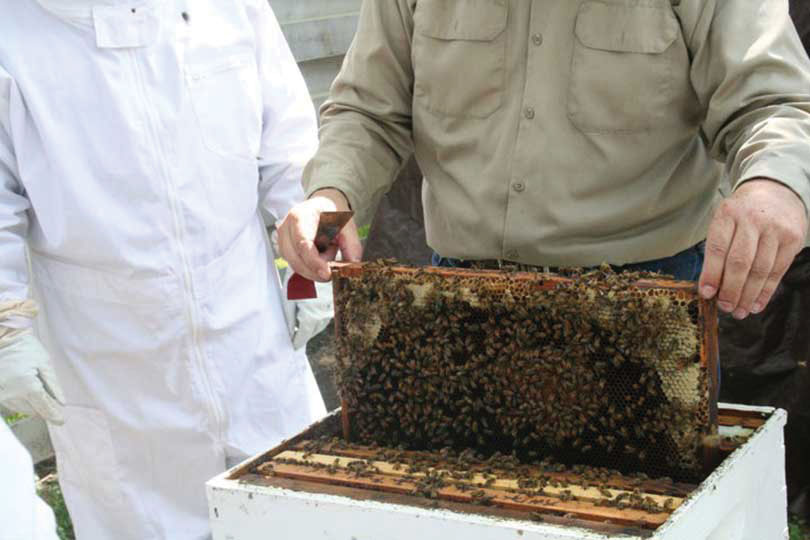By Jessica Domel
Multimedia Reporter
A report from the U.S. Department of Agriculture (USDA) reveals fewer honey bee colonies across the United States are battling Colony Collapse Disorder (CCD).
From January to March, 84,430 honey bee colonies exhibited CCD symptoms on operations with five or more colonies. During that same period last year, there were 115,950 infected hives reported—a 27 percent decrease.
The decrease was even greater on operations with less than five colonies. USDA reports 4,200 colonies were lost due to CCD in 2016, a 40 percent increase from 2015.
Although CCD caused fewer honey bee deaths this year, varroa mites and other pests continue to weigh on honey bee colonies across the nation.
USDA reports varroa mites were the number one stressor for operations with five or more colonies during all quarters of 2016. The highest concentration of the mites, 53.4 percent, was reported April through June 2016.
In Texas, varroa mites affected 28.8 percent of colonies from April to June of this year. Other pests and parasites were found in 16.6 percent of colonies.
Pesticides were listed as a stressor in 12.5 percent of colonies in Texas.
As of Jan. 1, 2016, there were an estimated 240,000 colonies on operations with five or more colonies in Texas. There were 2.6 million colonies nationwide.
A year later, on Jan. 1, 2017, the number of colonies in Texas increased to 270,000, while the national number stayed at 2.6 million colonies.
The full Honey Bee Colonies report by USDA is available at http://bit.ly/USDABee.

